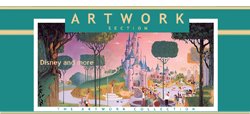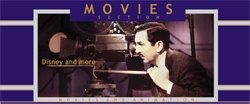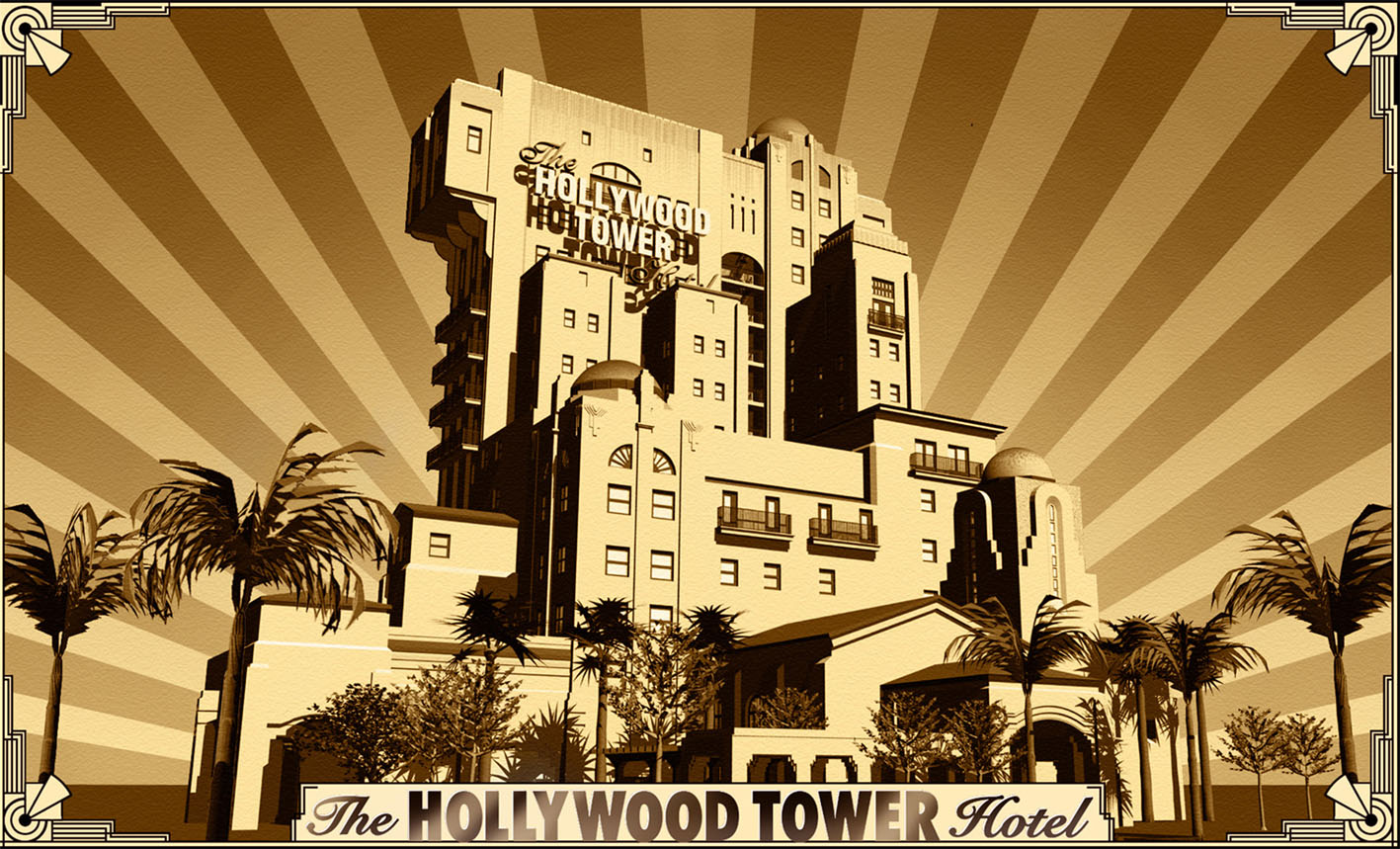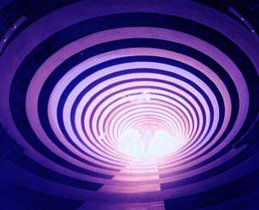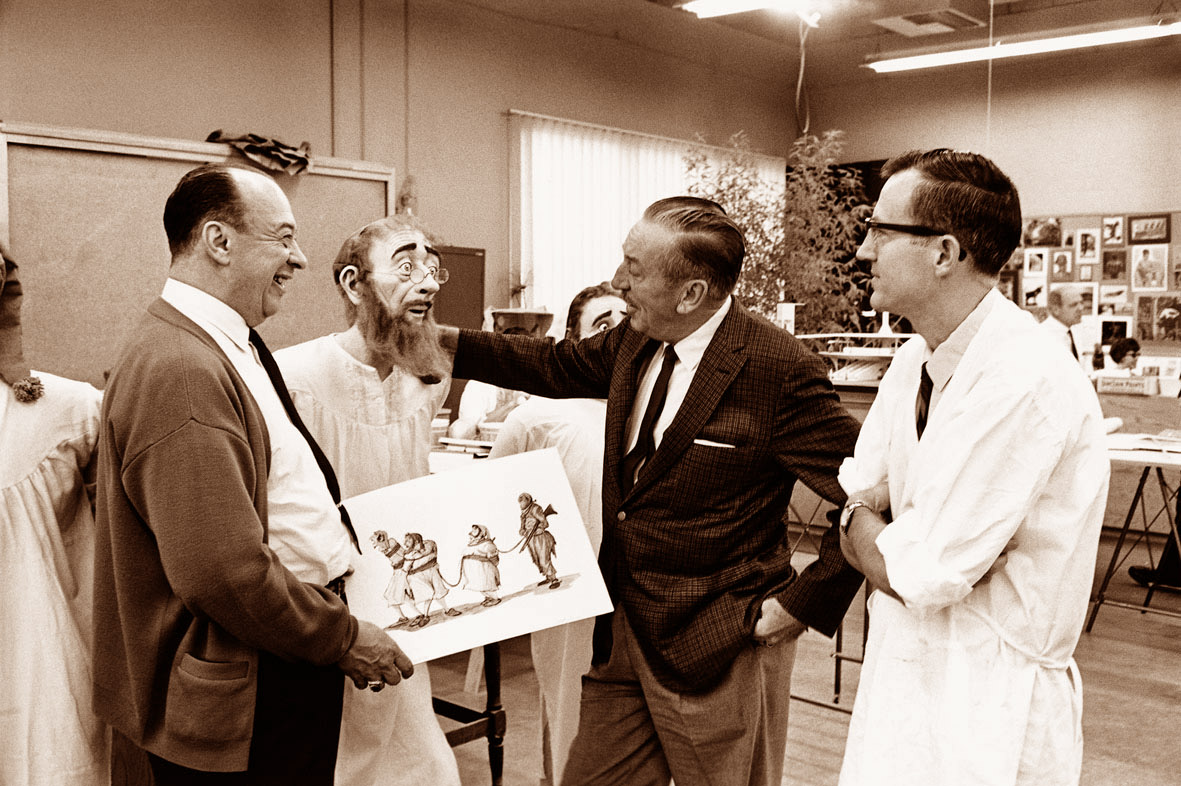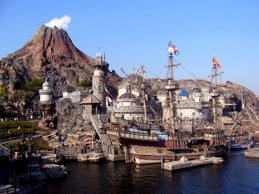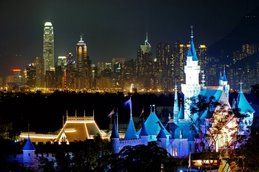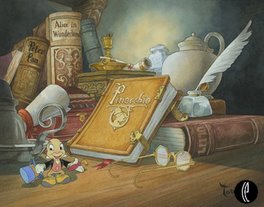But first, a bit of history about Garner Holt, introduced by Imagineer Bob Gurr in this video released for Garner Holt Lifetime Achievement THEA Award.
The next video will show you some of the large scale projects on which has worked Garner Holt Productions, and yes, the amazing dragon of Disneyland Fantasmic! - among others huge Audio-Animatronics for Disney shows - was done by Garner Holt Productions.
Let's go now back in time to have a look at previous Audio-Animatronics created by Garner Holt Productions. Among these, the incredible Unicyclist Animatronic. We know how what you're about to watch is already difficult for a human being for a question of balance, but achieving this with an Audio-Animatronic is simply stunning!
The next video will show you Garner Holt Productions TropiTronics Animatronic Parrots, which surely will remind you the famous ones in the Tiki Room.
Garner Holt Productions is also making Animatronics droids, and i wouldn't be surprised if they did some for WDI that we can see now in the Star Tours pre-show! As a matter of fact i think that this one IS in the pre-show.
The next short video will show you the realistic Mohegan Sun, an Animatronic wolf which would surely easily find its place in Frontierland!
Back to human Animatronics with the next video showing a one-of-a-kind animation and special effects introduction to the famous Howe Caverns in upstate New York. Featuring a detailed Victorian set, sophisticated animatronic Lester Hower, and numerous special effects surprises, the pre-tour show is a unique experience for the guests at Howe Caverns.
Another human Animatronic in the video below with the sophisticated Marlin Perkins Animatronic figure, holding in his arms an Animatronic monkey!
These were done some years ago and, since, Garner Holt Productions improved its Animatronic technique, up to this amazing Abraham Lincoln Audio-Animatronic head which has 40 points of movements, allowing never-seen-before incredibly expressive movements of Lincoln face.
Not too long ago, Walt Disney Imagineering decided that Garner Holt Productions would be the company which will create the Animatronics for Disney attractions and i think that after seeing these videos you now understand why! Great job, Garner!
Videos: copyright Garner Holt Productions












